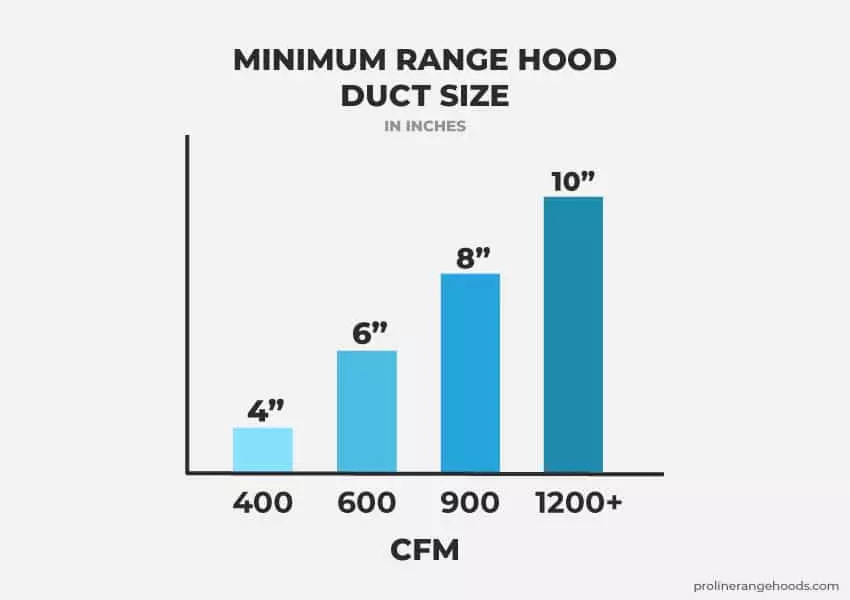Centrifugal fans are often misunderstood, with many people simply thinking of them as ordinary fans. However, these fans are highly efficient and have many intricate components that make them stand out. In this comprehensive guide, we will answer all your burning questions about centrifugal fans, from their definition and uses to the different types available.
Understanding Centrifugal Fans
A centrifugal fan, also known as a centrifugal blower, is a device that moves air by pulling it inside the blower and then pushing it out at a 90º angle. Unlike propellers, which push air, centrifugal fans use impellers that suck or pull air. Some centrifugal fans can also pull and push air at angles other than 90º, which are known as mixed flow fans. These fans can either have protective housing or be without any exterior structure.
Here is a diagram that illustrates the different types of centrifugal fans:
 Types of Centrifugal Fan Arrangements
Types of Centrifugal Fan Arrangements
Each type of centrifugal fan has different efficiencies in terms of how fast it moves air through the system it is installed in. Backward curved blades are the most efficient, while forward curved blades are less efficient compared to other types.
Applications of Centrifugal Fans
Centrifugal fans are commonly used in residential settings to move air through ducts in homes, such as in air conditioning systems, furnaces, and range hood ducts. They are also found in commercial environments like car washes, where they rapidly move outside air to create a pressure differential, allowing the cars to dry quickly.
In addition, centrifugal fans are used in air conveyor devices in factories and warehouses to transport objects along conveyor belts.
Centrifugal Fans vs. Axial Fans
Axial fans, on the other hand, have pitched blades that create a pressure differential as the air moves through the fan. Unlike centrifugal fans, axial fans move air parallel to the blower, in a straight line without changing the direction. These fans are commonly found in boats, submarines, garages, and residential applications.
Mixed flow fans are a hybrid of centrifugal and axial fans. They feature angled blades that help push the air as it travels through the fan. Mixed flow fans are more efficient at moving air in ductwork and are suitable for commercial environments where proper ventilation is required.
Centrifugal Upblast and Downblast Exhaust Fans
Centrifugal fans are widely used in roof ventilation systems, especially in commercial kitchens and labs. There are two types of centrifugal fans: upblast and downblast.
Upblast fans move the air upward away from the roof, making them ideal for removing air with grease, dirt, toxins, or chemicals. In contrast, downblast exhaust fans move air down toward the roof and are suitable for environments where the air won't stain or damage the surroundings.
High Pressure and Low Pressure Centrifugal Blowers
Centrifugal blowers come in two types: high pressure and low pressure. High pressure blowers are designed to move air in high-velocity situations, such as small-diameter ductwork in range hoods or commercial environments that require a significant amount of air movement. Low-pressure blowers, on the other hand, are commonly used in residential settings like air conditioning vents, furnaces, and range hood ducts.
The Difference Between a Blower and a Fan
The primary difference between a blower and a fan lies in their mechanisms and power sources. Fans are electrically powered and use propellers to push air, while blowers are mechanical and use impellers to propel air through a low or high-pressure system.
Why Choose a Centrifugal Blower for Your Range Hood?
Centrifugal blowers are much more efficient than axial blowers when it comes to range hoods. They excel in both high-pressure and low-pressure situations, making them suitable for a wide range of applications. It is crucial to properly size your range hood ductwork to avoid overworking the blower. Using the appropriate-sized ductwork ensures smooth and efficient airflow, preventing the accumulation of grease and dirt in the duct.
Local vs. Inline Blowers for Range Hoods
Range hood blowers are predominantly centrifugal fans and are available in three types: local blowers, inline blowers, and external blowers. Local blowers are housed inside the range hood and produce the most noise since they are closest to the kitchen. Inline blowers are placed along the ductwork, making them incredibly quiet. External blowers are rare and installed outside the home or on the roof.
Conclusion
Understanding centrifugal fans is essential for anyone in need of efficient air movement in their residential or commercial spaces. Whether you require proper ventilation in your home, factory, or car wash, centrifugal fans can meet your needs. Choosing the right type of fan based on your specific requirements will ensure an optimal airflow solution.
If you have any questions about centrifugal fans or range hood blowers, feel free to reach out to our customer service team at (877) 901 - 5530. We are here to assist you!









